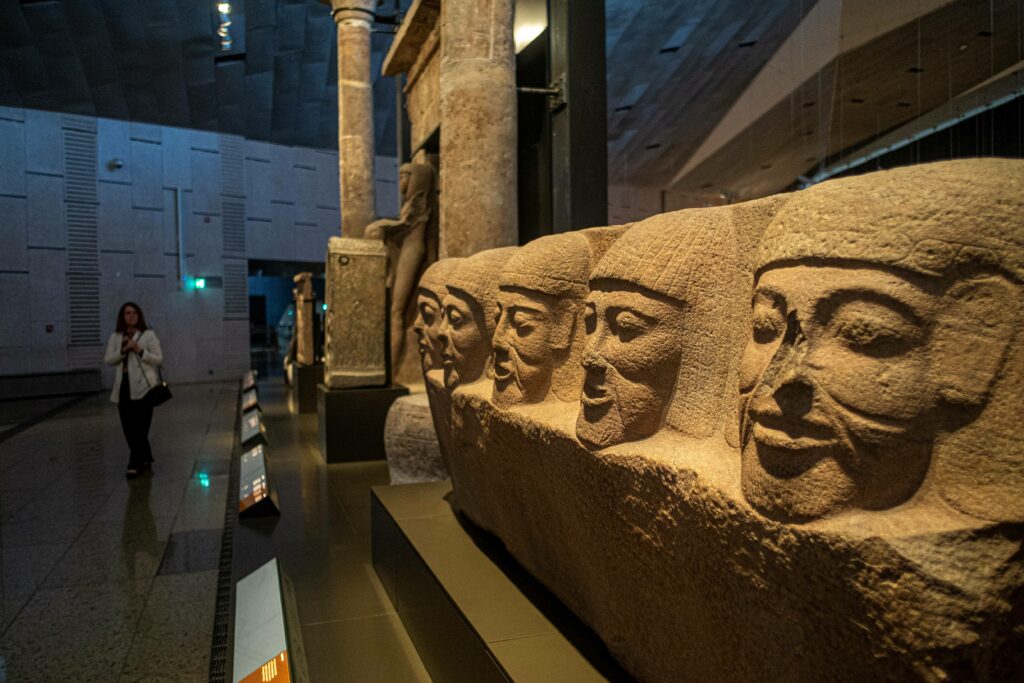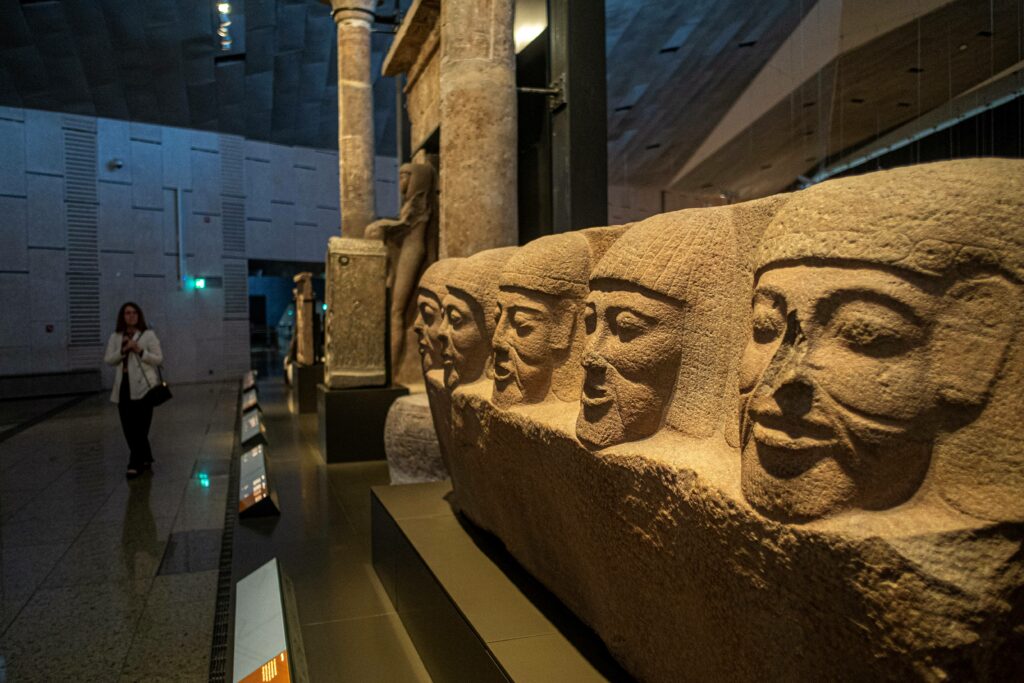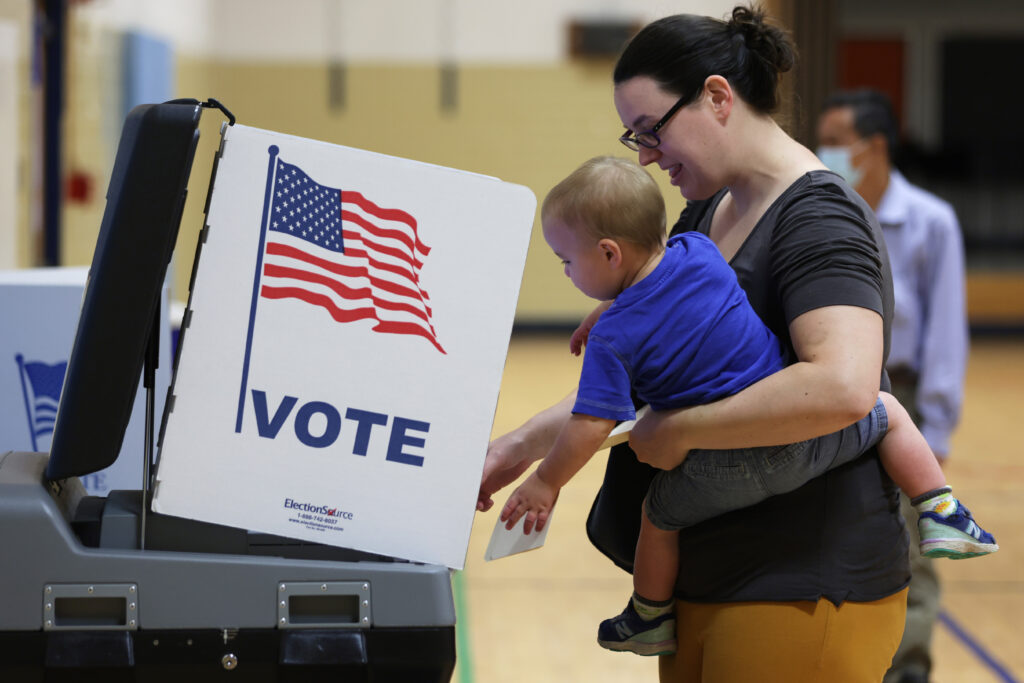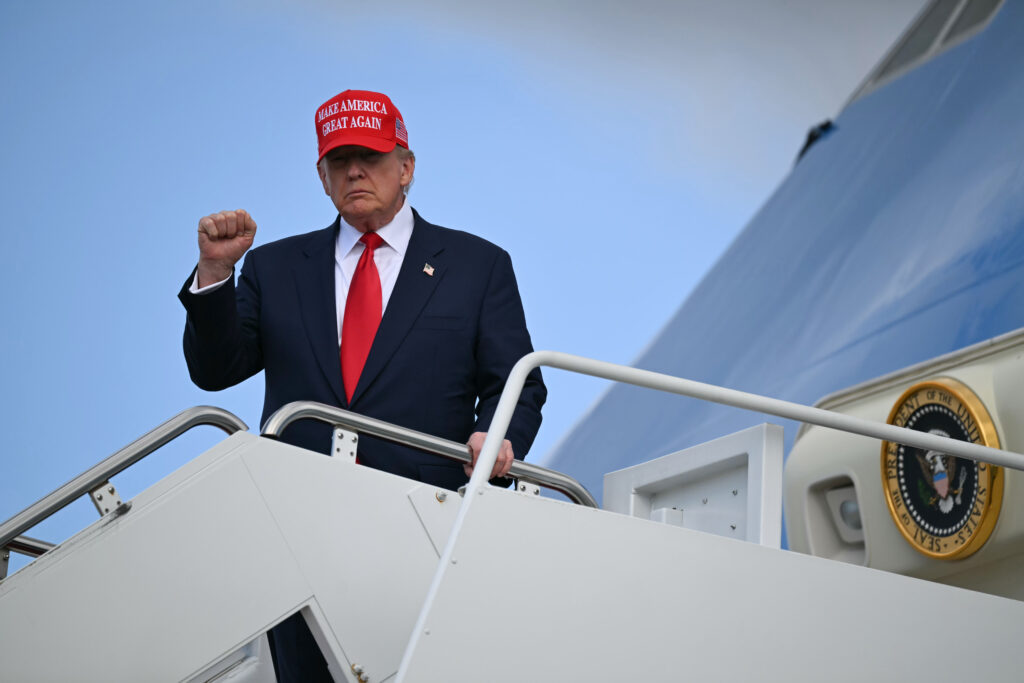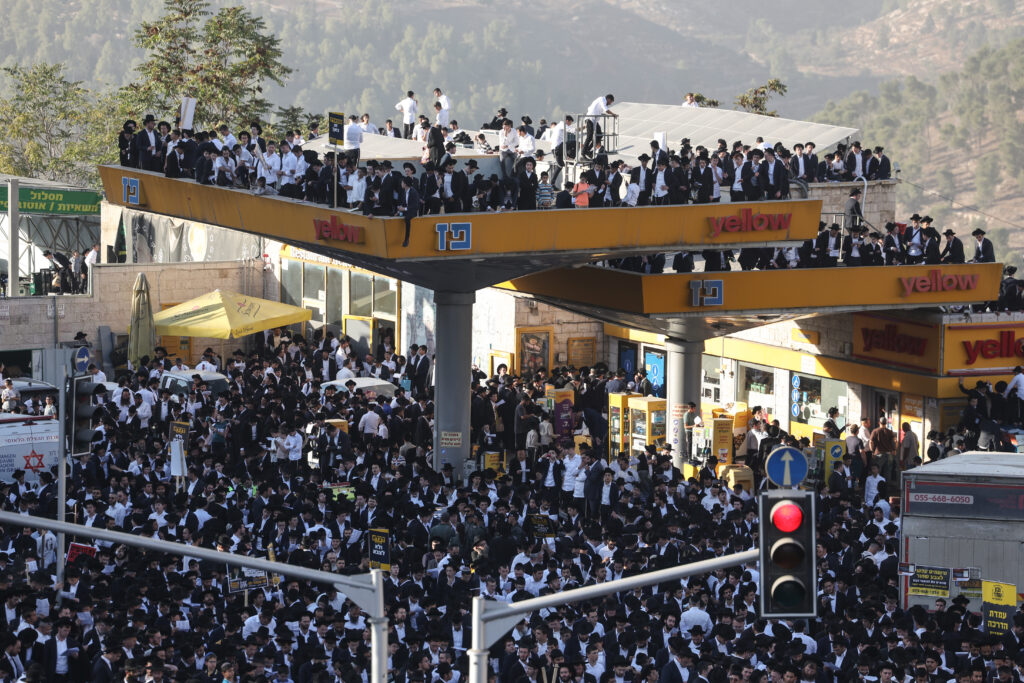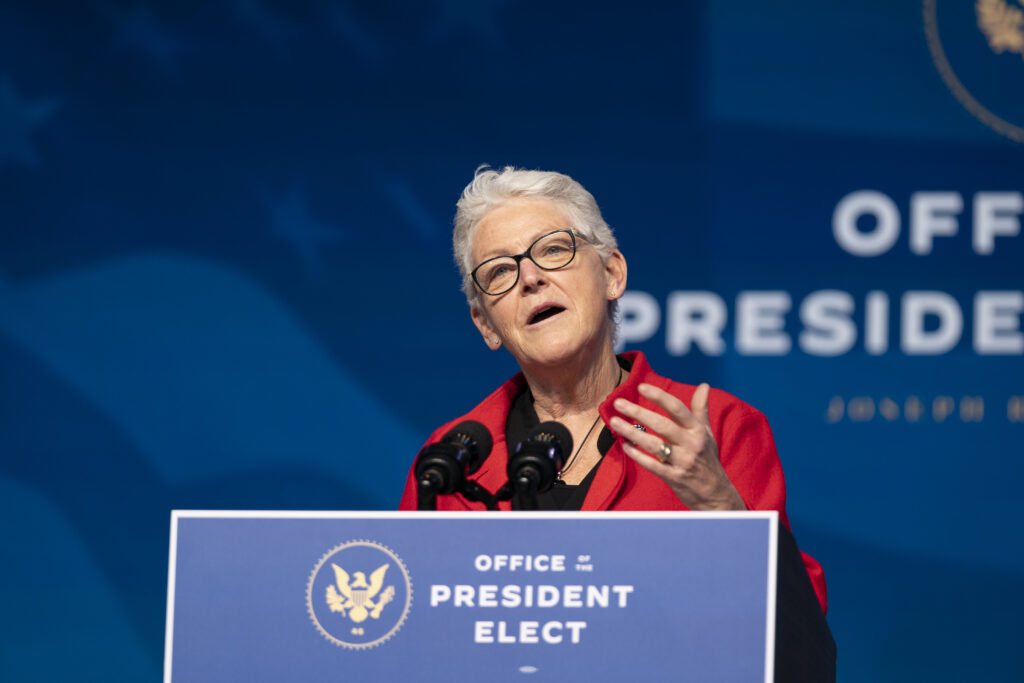Dopé par le changement climatique mais désormais affaibli, l’ouragan Melissa arrive jeudi soir aux Bermudes après son passage destructeur en Jamaïque, à Cuba et en Haïti, où il a tué au moins 30 personnes.”Les conditions aux Bermudes vont se détériorer rapidement ce soir”, indique dans son dernier point le Centre national américain des ouragans (NHC), qui fait état de vents mesurés à 165 kilomètres par heure. L’alerte a été levée aux Bahamas.Le changement climatique causé par les activités humaines a rendu l’ouragan Melissa plus puissant et plus destructeur, selon une étude publiée mardi par des climatologues de l’Imperial College de Londres.A Haïti, pas directement touché par l’ouragan mais victime de fortes pluies, au moins 30 personnes, dont dix enfants, sont mortes, et 20 portées disparues, selon un nouveau bilan communiqué jeudi par les autorités locales. L’essentiel des décès, 23, ont été provoqués par la crue d’une rivière dans le sud-ouest du pays.Depuis mercredi, Cuba nettoie ses rues inondées et jonchées de débris.A Santiago de Cuba, la deuxième ville du pays, des pans de maisons se sont effondrés et des toits de tôle n’ont pas résisté. La ville est sans électricité, de nombreux poteaux gisent au sol. Le toit de la maison de Mariela Reyes a été emporté. “Ce n’est pas facile de perdre tout ce qu’on a. Le peu qu’on possède”, a soupiré cette femme de 55 ans, découragée.A El Cobre, à une vingtaine de kilomètres de là, le son des marteaux résonne jeudi sous le soleil revenu: ceux dont le toit s’est envolé s’efforcent de réparer avec l’aide d’amis et de voisins, a constaté l’AFP. D’autres s’aventurent dehors en quête de nourriture, certaines boutiques commençant à rouvrir.- “Destruction immense” – Le président cubain Miguel Diaz-Canel a indiqué que l’ouragan avait causé des “dégâts considérables”, sans faire de victime selon les autorités.L’ouragan Melissa a été le plus puissant à toucher terre en 90 ans lorsqu’il a frappé la Jamaïque mardi en catégorie 5, la plus élevée sur l’échelle Saffir-Simpson, avec des vents d’environ 300 km/h.”Il y a eu une destruction immense, sans précédent, des infrastructures, des propriétés, des routes, des réseaux de communication et d’énergie”, a déclaré depuis Kingston Dennis Zulu, coordinateur pour l’ONU dans plusieurs pays des Caraïbes.”Nos évaluations préliminaires montrent que le pays a été dévasté à des niveaux jamais vus auparavant”, a-t-il ajouté, évoquant un million de personnes touchées, sur une île de 2,8 millions d’habitants. “Il y a eu des victimes et nous nous attendons, au vu de nos informations, à ce qu’il y en ait d’autres”, s’est borné à dire jeudi le ministre jamaïcain des Collectivités locales, Desmond McKenzie.Nombreux habitants n’ont toujours pas pu contacter leurs proches, ont expliqué les autorités, pour montrer à quel point les infrastructures ont été endommagées, dans l’ouest surtout. L’armée jamaïcaine s’emploie à dégager les routes bloquées, selon le gouvernement.- “Rappel tragique” -Progressivement, l’aide étrangère a commencé à affluer. Les Etats-Unis ont “envoyé des équipes de secours et d’intervention dans les zones touchées, ainsi que des fournitures vitales”, a indiqué sur X le secrétaire d’Etat américain Marco Rubio.Le Royaume-Uni va fournir une aide financière d’urgence de 2,5 millions de livres (2,8 millions d’euros) pour les pays touchés, et la France envoie également une cargaison d’aide en Jamaïque.Le secrétaire exécutif de l’ONU chargé du changement climatique a évoqué la grande conférence climatique des Nations unies COP30 qui s’ouvre dans quelques jours au Brésil.”Chaque désastre climatique est un rappel tragique de l’urgence de limiter chaque fraction de degré de réchauffement, principalement causé par la combustion de quantités excessives de charbon, de pétrole et de gaz”, a déclaré Simon Stiell.Avec le réchauffement de la surface des océans, la fréquence des cyclones (ou ouragans ou typhons), les plus intenses augmente, mais pas leur nombre total, selon le groupe d’experts du climat mandatés par l’ONU, le Giec.burs-es/ube/aem
